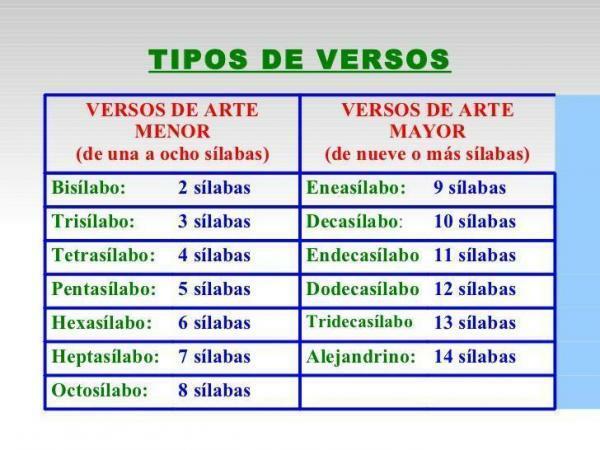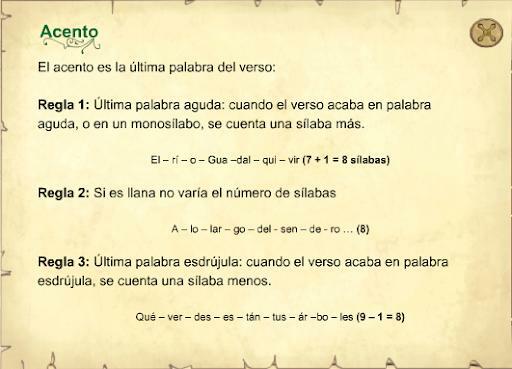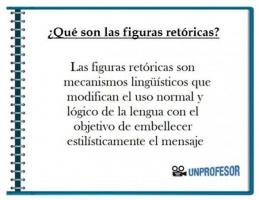How verses are measured

In order to perform a good analysis of a poetry we must look at different concepts. One of them is the metric. This is one of the essential parts when it comes to being able to understand a specific poem, therefore, in this lesson from a PROFESSOR we want to show you how verses are measured in a poem.
In order to understand how verses are measured in poetry, we must first know what are the verses. We could say, to explain it in a simple way that the verses are each of the lines that make up a poem.
These units can be composed of one or more words and do not always have to make up a sentence. Many times the same sentence is spread over several verses. So that you better understand what verses are, we are going to see an example with this poem by Antonio Machado:
Harmony spellings
who rehearses inexperienced hand.
Weariness. Cacophony
of the everlasting piano
that I used to listen to as a child
dreaming... I don't know with what
with something that did not arrive,
all that is already gone.

Now that we know what verses are, we can go on to indicate how we should measure them when we are preparing to carry out an analysis. Measure a verse, it means
count the syllables that each of them has, this will determine what type they are and their structure.It is possible that it may seem very easy to count syllables, but the truth is that according to the measure of the verses, rules of their metrics are established. In other words, the metric does not consist of simply counting the syllables, but must be governed by a series of rules that tell us how we should measure each of the verses.

Image: Literary Creation
The accentuation it is very important when measuring the verses of a poem. Depending on the type of word with which this ends, we will have to add or subtract a syllable. Thus, we can point out that:
- When a verse ends in a sharp word, to the total of the syllables we must add one more.
- In the event that the verse ends with a word esdrújula we will subtract one syllable from the total computation.
But why does this happen? Adding or subtracting syllables has to do with a phonetic issue, that is, taking into account the type of words there is a lengthening effect at the end of the verse when it ends with a water word. In the same way, the verse suffers this kind of shortening when it ends with a word esdrújula.
Let's see a example of this accentuation with the following poem by Antonio Machado:
Hello nobles and squires (8 syllables)
of my lineage and my coat of arms! (8 syllables: 7 + 1)
I adore beauty, and in modern aesthetics (14 syllables: 15−1)
I cut the old roses from Ronsard's orchard. (14 syllables: 13 + 1)

Image: ICT Resources
In poetry four phenomena arise that have to be taken into account when we want to correctly measure the verses of a poem. These two phenomena are:
- The sinalefa
- Syneresis
- Hiatus
- The umlaut
The sinalefa
The sinalefa It happens when one word ends in a vowel and the next one also begins with a. In this case, the last of the first word is joined with the first of the second, forming a single syllable. This is because when we speak we tend to do so and therefore to the extent that phenomenon also occurs. Let's see an example with Sonnet to a nose by Francisco de Quevedo in which the synalephs have been marked with underscores to indicate their union:
Once_unhombre_a_a nose stuck,
Once upon a superlative nose
Once_a_alquitara half alive,
once upon a badly bearded peje_espada;
It was_a badly faced sundial.
Once upon_an elephant mouth_up,
Once_a nose sayón and_write
an evil Ovidio Nasón nosed ...
Syneresis
For its part the syneresis occurs when we join two vowels that are in different syllables within the same word to form a single word. Let's see an example in this poem by Antonio Machado. In this case we have marked it in bold:
It's a winter night
Falls off swirling snow
The Alvargonzález watch
a fire almost extinguished.
Hiatus
The hiatus is a phenomenon that consists of separation into two different syllables when a word ends in a vowel and the next one also begins with a vowel. We could say that it is the opposite phenomenon to sinalefa. For metric reasons an existing synale is omitted. Let's see an example with this poem by José Martí to understand it better:
And eI feel the air, and en the wall (hiatus)
Cold and naked the wavering body
Support, and in the quivering skull
In agony the thought floats
The umlaut
The umlaut occurs when in a word there is a diphthong and this separates in two different syllables. In order to understand it better, we are going to see this example of a poem by Garcilaso de la Vega:
The sweet murmur of thisu-ido,
the moving of the trees to the wind
The su-ago whisper
With a meek ror-ido
of running, clear water.
We hope you have understood how verses are measured. If you want to continue learning with lessons like these, be sure to visit our sections of Spanish language.




